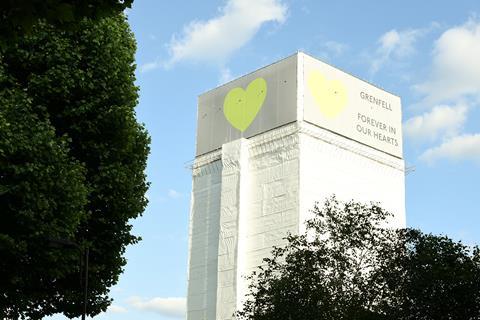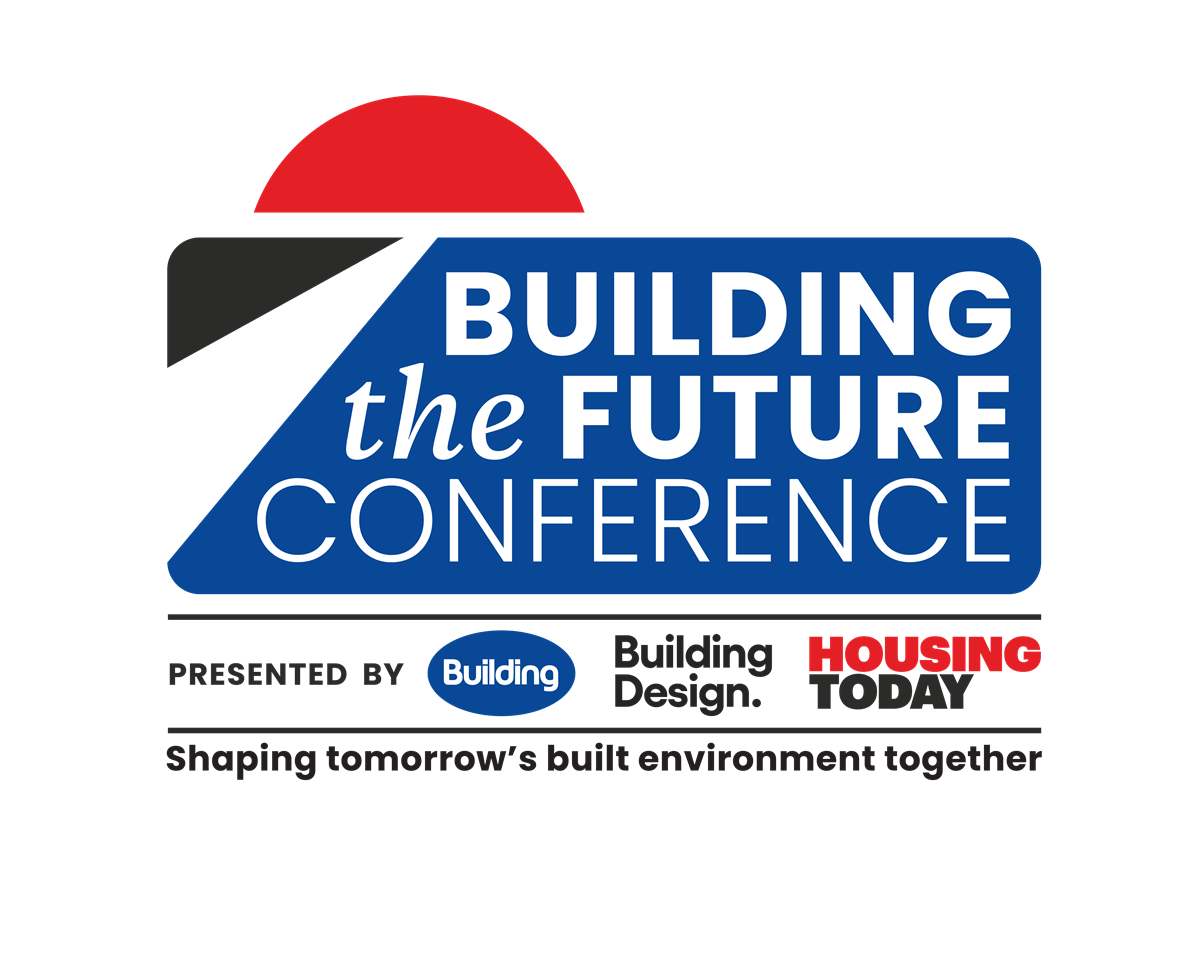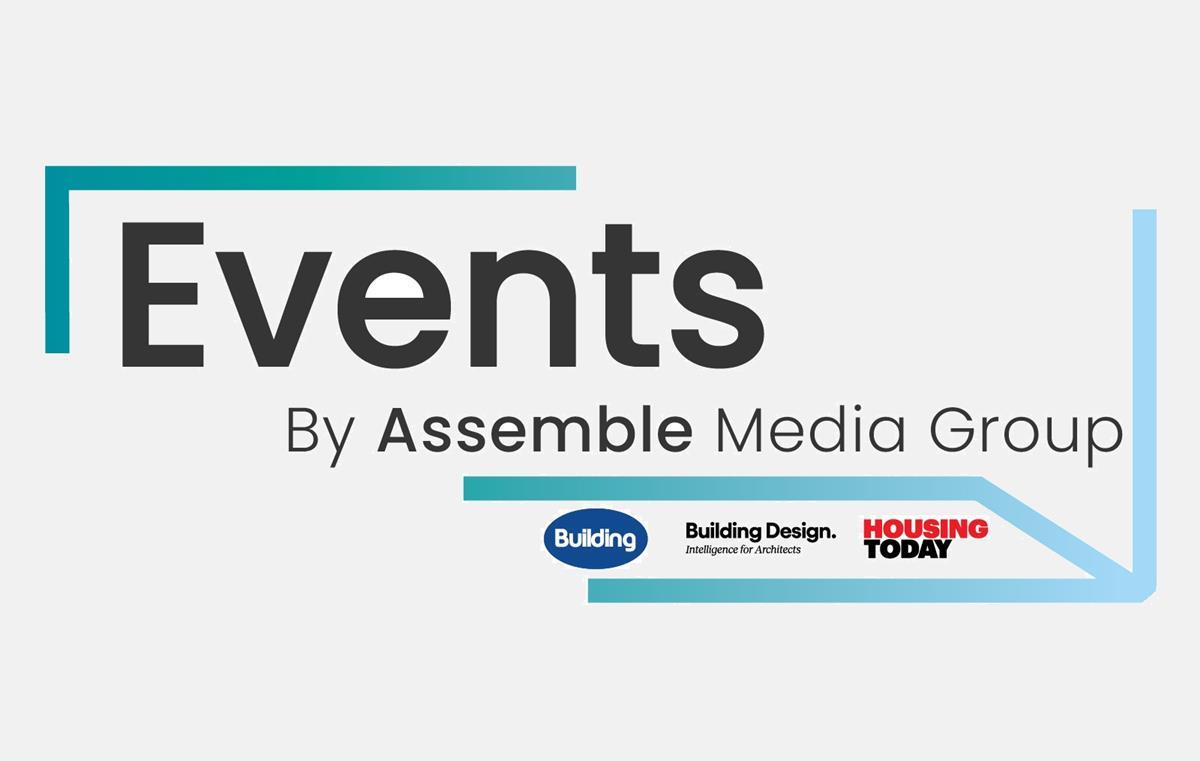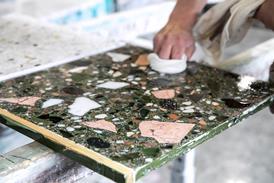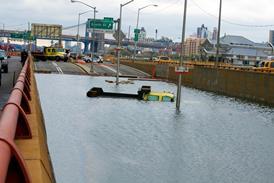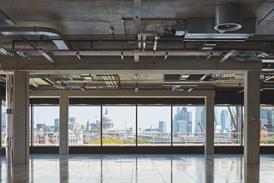Construction managers greeted the introduction of the Construction (Design and Management) Regulations in 1995 with much head shaking. The EU-inspired regulations, they said, were a form-filling exercise that would increase red tape without improving site safety.
Five years on and the worries look justified. The major and fatal accident rate for construction in England has soared from 232.6 per 100 000 employees in 1993/94 to 399.0 per 100 000 employees in 1998/99.
While the injury figures look bad, the regulations, when applied properly, have improved site management dramatically, says Glenn Christiansen - senior works civil engineer with construction client Vauxhall Motors. He argues that on a recently completed 10 000m2 warehouse, CDM helped Vauxhall's construction team cut 25% off the original programme and 18% off the contract cost.
The key to this success is that Vauxhall takes on the role of main contractor and planning supervisor (in charge of implementing CDM) for its £30m-a-year construction spend. Critics say to Glenn Christiansen that in the real world, life isn't that comfortable. "But", he says, "we are not insulated from the usual pressures just because our construction management is contained within the company."
Construction (Design and Management) Regulations help the non-expert client to set up a safe site because it is a good checklist. Christiansen says that at Ellesmere Port car plant on Merseyside, the client and its designers have a better understanding of their responsibilities in the construction process due to their adherence to CDM principles.
"Our commitment, not so much to the regulations themselves but to the principles behind them and the benefits they can give, is playing its part in changing the culture of the construction industry, very much in line with what the Movement for Innovation is doing on a national scale.
"The amount of work we do outside Vauxhall Motors to promote CDM is in the knowledge that we are changing the attitude of contractors and designers who work for us. We know that because when they go off and do a job elsewhere, they take advantage of what they have learned here. They come back and tell us, we did it that way on another job and it really went quite well."
Quicker and cheaper
So what are the fundamentals of CDM? "There are, of course, obvious benefits such as enhanced safety and fewer accidents, but for me the benefits are much greater than that. They are seen in better organisation, better relationships with the contractors and the client, and with the design groups. There are also the savings - savings in cost, in delay, in programme and in claims. They are what we call measurable benefits. These we can demonstrate, for example an 18% cost reduction on one job and a 25% saving in programme time."
He stresses that implementation of CDM principles requires careful planning at the pre-construction stage. "We find that, as a rule, the designers we work with tend to design things the way they always have done. But as both client and lead designer, what we do is provide design guides covering topics from excavation through to steel erection.
"The guides lay down a set of principles which are mandatory on the design office. Every Vauxhall structural steel designer subscribes to the principles in the steelwork guide. It is also given to all our sub-contractor designers, and it is a condition of employment that they work to the provisions of that guide. We also give it to all the contractors who are going to be erecting the steel.
"An example of how that works in practice is that whenever a truss is being designed, the design engineer must put on his drawings the weight of the assembled truss and the lifting points from where that truss is intended to be raised. Also, that the engineer will specify a lifting cleat that can easily be fixed in order to lift the truss. All that information goes on the drawing.
"The great thing about that is that when the contractor gets the job to price, he doesn't have to guess at any of the information. He knows what lifting equipment he will need, there is no ambiguity over where the sling is going, and there is a fashioned lifting medium to do it from. Also our practice of insisting on standardised bolt sizes has cut down errors and difficulties on site."
The 18% cost saving referred to on this job arose from the prescribed method of steelwork design and erection, and the change in painting procedures
Drainage details
"Despite all the efforts we make," continues Christiansen, "we still received from an engineer drainage details which were typical details. There was a detail of a manhole with a backdrop where it was shown as a typical detail. On the drawing it looked about a metre deep. In reality that backdrop was 7m deep in made-up ground on an embankment at 45 degrees. The plan drawings showed all the correct levels but the detail for the backdrop was typical and it was left to the contractor how he was going to build it.
"We won't accept that approach. We say that an excavation permit must be obtained before the job is designed. We must first find out what is in the ground and design so that we miss any services. Nine times out of ten we design around them. In my experience, at least 50% of engineers design the drainage and the foundations without doing detailed investigations of what is in the ground.
"When we plan excavations, we find out about the nature of the ground and what services are in it. Then we know what we will be working with. The engineer is encouraged by the design guide to go as far as suggesting to the contractor what method of dig we would recommend. We say to the designer, draw what you are going to build; if you are going to build a battered excavation, then draw it.
"All these aspects are covered in the design guides that designers must read and agree to work by before they are allowed to do design work for Vauxhall Motors.”
How safer steelwork painting saved Vauxhall money
On Vauxhall Motors' new 10 000m2 warehouse at Ellesmere Port, Glen Christiansen broke with the usual practice of installing steelwork and then painting it in situ. He told his construction team to paint steelwork on the ground and lift it into place. Christiansen realised that working at heights could be designed out. Moreover, reducing dependence on scissor lifts and scaffolding improved the safety of ancillary trades working below. But the decision to paint steelwork on the ground and lift it into place was not easy to make. Christiansen explains: "On the face of it, instructing the contractor to pre-paint the steelwork should be just a matter of telling him to do it. But it is not that simple. In the first instance, you have to look at the specification of the paint. Some of the polyurethane paints we were using become slippery when wet. That's not a problem once the steelwork has been erected. But slippery paintwork makes the steel difficult to handle. So we changed the specification, away from gloss polyurethane to a semi-gloss epoxy finish. We also dropped down to two-coat instead of three-coat systems. "These changes initially resulted in an overall material cost increase of some 15%, which was more than recouped by a reduction in area of application equivalent to at least 30%. The topcoat needs careful selection. High-gloss polyurethane finishes are fine as long as lack of grip on their surfaces if made wet does not present a problem during erection. The change removed the risk of this completely. "It's also important to provide clear space on site for the painting operations, and to allow for trestles to support the components off the ground so all faces can be reached. Small considerations such as the methods of slinging or lifting and the use of galvanised bolts instead of black bolts will further reduce the amount of time the contractor has to spend in the air at the end, touching up." There was another unforeseen benefit. Due to the improved quality of the paintwork, suppliers assured the department that life expectancy for the pre-erection finishes would show at least a 25% increase. This, commented Glenn Christiansen, takes us into the realm of whole-life costing.How Vauxhall contracts with the construction industry
Contract conditions at Vauxhall Motors are cast in traditional form, a marginal variation on JCT. Glenn Christiansen goes out to tender on building and civil works with a full specification and a full set of drawings. There is very little scope for contractor design. But he believes, in line with the current shift in attitudes in the industry, there is a better way. He is a great believer in partnering, value engineering and in asking the contractor for his opinion. "We budgeted one recent job in the press shop for some major steelwork alterations. It was a relatively small job - around o380 000 - for which we obtained prices in the traditional way. We then offered the job to the contractor on the basis that he would produce ideas that would generate savings. The work was completed for o280 000. When you take that kind of saving back to the purchasing department, they sit up and take notice. Christiansen wants to extend negotiation: "If I have one aim for the next five years, it is to change the way we procure work. And it was the contractor who was responsible for around 75% of that saving. The constructor knows what we are about and rides alongside us with what we believe about Construction (Design and Management) Regulations. "There is always a fear that negotiation is going to put prices up. In the whole development of CDM principles in this plant, I know of only two situations where we have put prices up. The only additional cost we have come across is the appointment of the planning supervisor and the principal contractor role. We appoint consultants to fill those roles currently because, at busy periods when we may have more than 2 000 contractors on site, no single contractor could do that. It's similar with planning supervisors. There's a lot of paperwork initially and a lot of checking to do, and we have been contracting out the role of planning supervisor. "But now Vauxhall Motors has decided to accept these CDM roles itself. While we are not dissatisfied with the consultant appointments, we think we are best equipped to maximise the benefits of CDM by having our own in-house team. A whole new department is being set up which will have its own identity within Ellesmere Port. It will go beyond ensuring compliance. It will look to the benefits and extend the boundaries of what CDM can offer. My belief - and this is shared by the company - is that CDM has the capacity to provide one of the greatest changes in attitude to construction work. "If you want to use CDM as a set of regulations that have to be enforced, fine. But people don't react well to enforcement, whereas they do react well to encouragement. We say, encourage CDM, derive the benefits, and then you don't have to enforce it."How safer steelwork painting saved Vauxhall money
On Vauxhall Motors' new 10 000m2 warehouse at Ellesmere Port, Glen Christiansen broke with the usual practice of installing steelwork and then painting it in situ. He told his construction team to paint steelwork on the ground and lift it into place. Christiansen realised that working at heights could be designed out. Moreover, reducing dependence on scissor lifts and scaffolding improved the safety of ancillary trades working below. But the decision to paint steelwork on the ground and lift it into place was not easy to make. Christiansen explains: "On the face of it, instructing the contractor to pre-paint the steelwork should be just a matter of telling him to do it. But it is not that simple. In the first instance, you have to look at the specification of the paint. Some of the polyurethane paints we were using become slippery when wet. That's not a problem once the steelwork has been erected. But slippery paintwork makes the steel difficult to handle. So we changed the specification, away from gloss polyurethane to a semi-gloss epoxy finish. We also dropped down to two-coat instead of three-coat systems. "These changes initially resulted in an overall material cost increase of some 15%, which was more than recouped by a reduction in area of application equivalent to at least 30%. The topcoat needs careful selection. High-gloss polyurethane finishes are fine as long as lack of grip on their surfaces if made wet does not present a problem during erection. The change removed the risk of this completely. "It's also important to provide clear space on site for the painting operations, and to allow for trestles to support the components off the ground so all faces can be reached. Small considerations such as the methods of slinging or lifting and the use of galvanised bolts instead of black bolts will further reduce the amount of time the contractor has to spend in the air at the end, touching up." There was another unforeseen benefit. Due to the improved quality of the paintwork, suppliers assured the department that life expectancy for the pre-erection finishes would show at least a 25% increase. This, commented Glenn Christiansen, takes us into the realm of whole-life costing.How Vauxhall contracts with the construction industry
Contract conditions at Vauxhall Motors are cast in traditional form, a marginal variation on JCT. Glenn Christiansen goes out to tender on building and civil works with a full specification and a full set of drawings. There is very little scope for contractor design. But he believes, in line with the current shift in attitudes in the industry, there is a better way. He is a great believer in partnering, value engineering and in asking the contractor for his opinion. "We budgeted one recent job in the press shop for some major steelwork alterations. It was a relatively small job - around o380 000 - for which we obtained prices in the traditional way. We then offered the job to the contractor on the basis that he would produce ideas that would generate savings. The work was completed for o280 000. When you take that kind of saving back to the purchasing department, they sit up and take notice. Christiansen wants to extend negotiation: "If I have one aim for the next five years, it is to change the way we procure work. And it was the contractor who was responsible for around 75% of that saving. The constructor knows what we are about and rides alongside us with what we believe about Construction (Design and Management) Regulations. "There is always a fear that negotiation is going to put prices up. In the whole development of CDM principles in this plant, I know of only two situations where we have put prices up. The only additional cost we have come across is the appointment of the planning supervisor and the principal contractor role. We appoint consultants to fill those roles currently because, at busy periods when we may have more than 2 000 contractors on site, no single contractor could do that. It's similar with planning supervisors. There's a lot of paperwork initially and a lot of checking to do, and we have been contracting out the role of planning supervisor. "But now Vauxhall Motors has decided to accept these CDM roles itself. While we are not dissatisfied with the consultant appointments, we think we are best equipped to maximise the benefits of CDM by having our own in-house team. A whole new department is being set up which will have its own identity within Ellesmere Port. It will go beyond ensuring compliance. It will look to the benefits and extend the boundaries of what CDM can offer. My belief - and this is shared by the company - is that CDM has the capacity to provide one of the greatest changes in attitude to construction work. "If you want to use CDM as a set of regulations that have to be enforced, fine. But people don't react well to enforcement, whereas they do react well to encouragement. We say, encourage CDM, derive the benefits, and then you don't have to enforce it."Source
Construction Manager


